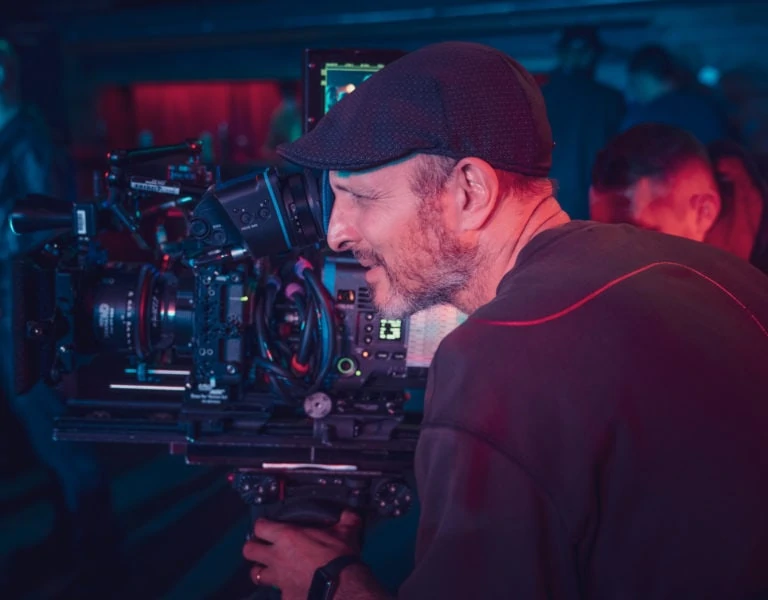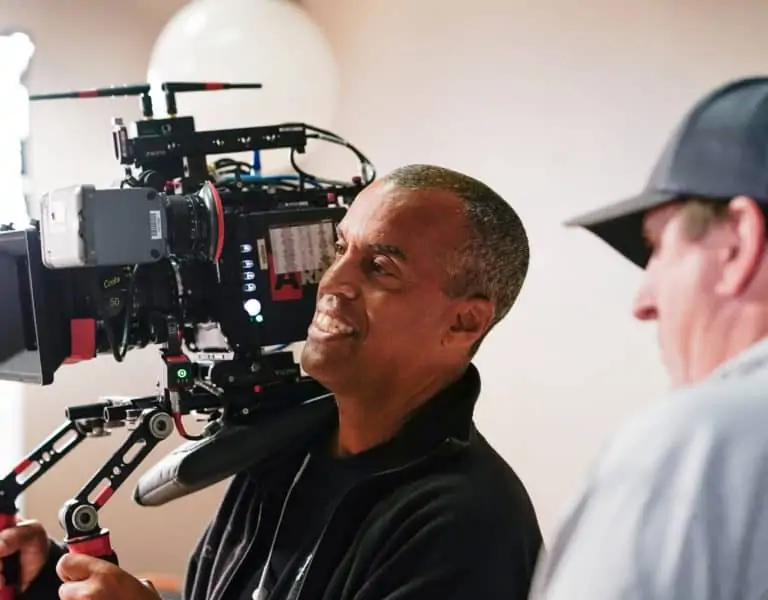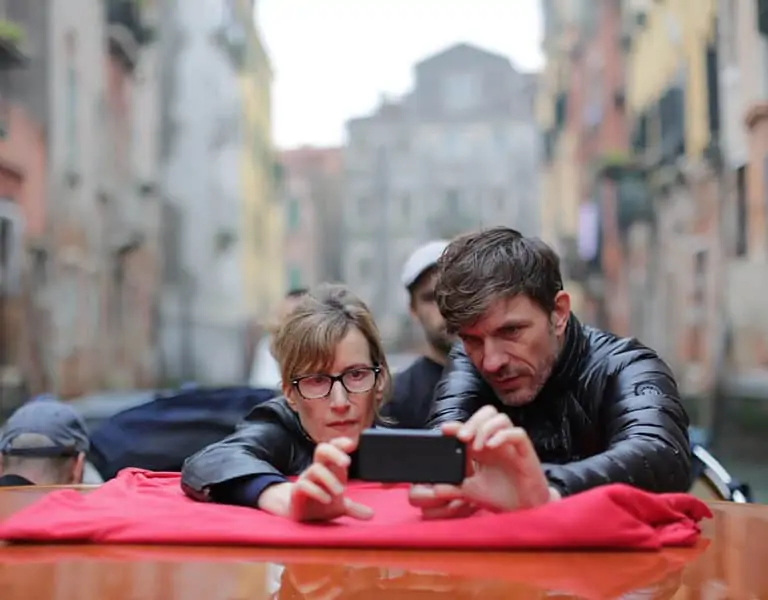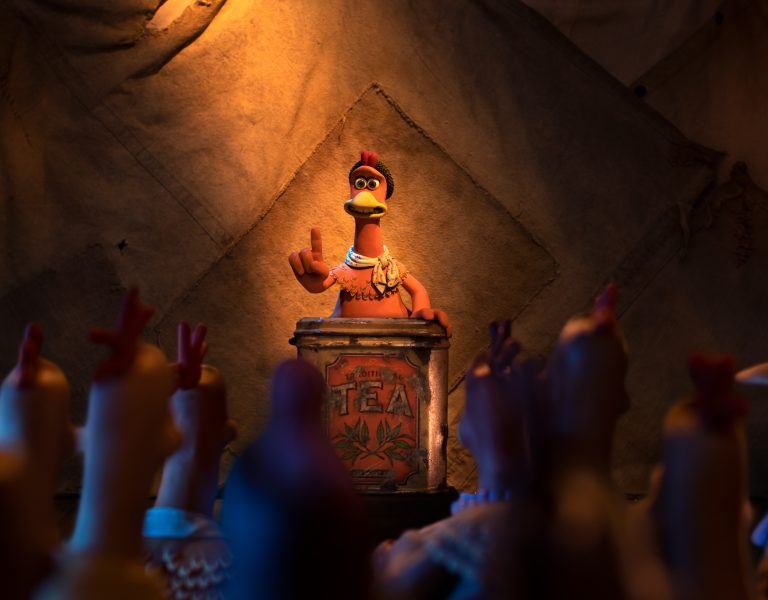A WINNING TEAM
David Rom discusses avoiding comedy visual stereotypes, a fish-out-of-water cinematography style and pairing the ARRI Alexa LF with Tokina lenses.
Ted Lasso is the hugely successful Emmy award-winning comedy series that follows an American football coach as he helps struggling London soccer team AFC Richmond.
The AppleTV+ show’s charm struck a chord with international audiences wanting something feel-good, uncynical and optimistic. It is based on a character of the same name that star Jason Sudeikis first portrayed in a series of promos for NBC Sports and developed by Sudeikis, Bill Lawrence, Brendan Hunt, and Joe Kelly. British DP David Rom developed the show’s pilot and has been behind the camera for 13 of the 22 episodes in the two seasons to date.
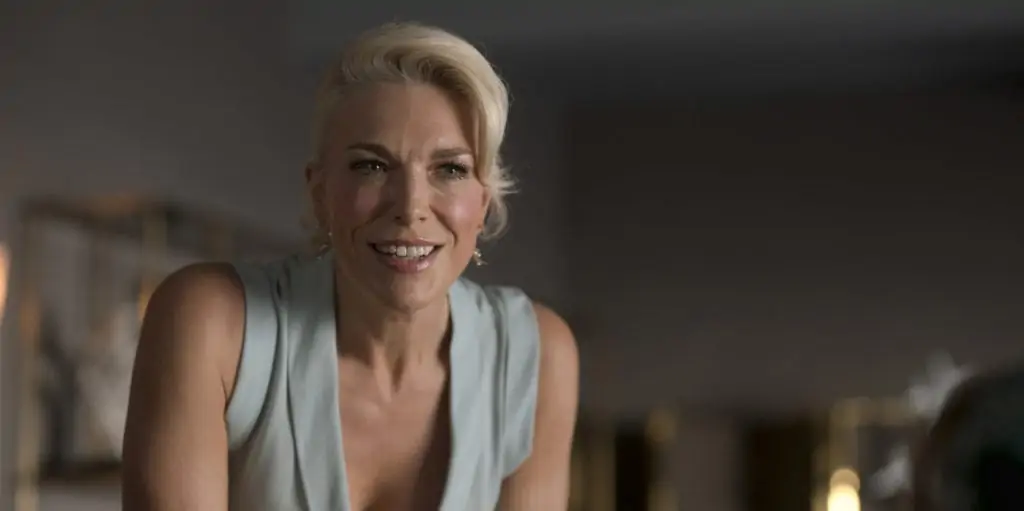

“At the start of Ted Lasso, I’d not actually been sent or seen any of those original NBC promos, and I think that was for a reason,” he says. “My main goal visually was to steer the show away from those NBC clips and to avoid a doco approach and also to avoid the show having a generic network comedy look. Having more of a drama background, this suited me well and some early anxiety about shooting comedy disappeared.”
Rom’s CV includes primetime BBC and ITV drama series Mr Selfridge, Cold Feet, Poldark, Grantchester, Ackley Bridge and Harlots.
He led the visual direction on the nascent comedy, watched a lot of sports films and decided to pitch a Moneyball-style approach. “Filmic and naturalistic, avoiding too many primary colours,” he explains. “I, Tonya was also a big reference for the football. I loved the ice skating camera work and how it was shot for drama and nothing like TV sports coverage. My aim was to have the audience feel as if they were on the pitch with the players. Friday Night Lights was also a reference, especially the locker room where I wanted to capture the energy of team talks and the player interactions.”

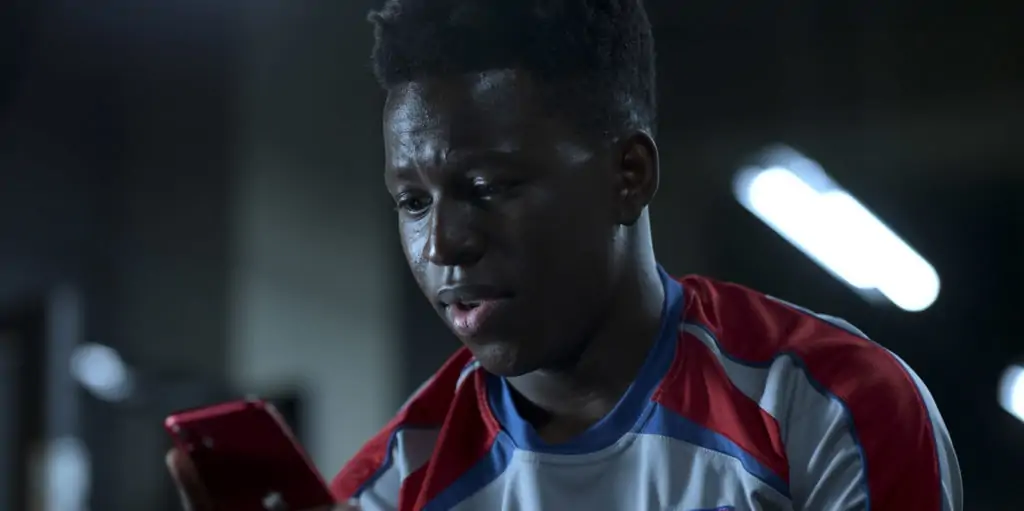
To achieve this, Rom employed a significant amount of handheld work and shot mostly single camera. Two cameras are often used in large ensemble scenes to avoid excessive time spent on coverage or sports scenes. Focus (or occasionally lack of) also helped give scenes energy and this tied into his lens and camera choices.
Show design
“When I joined the show, production designer Paul Cripps had been working on the sets already and many were built. I worked with Paul to mute some of the more primary football team colours. Paul had approached the locker room area very much with an eye for camera and to aid the fish-out-of-water story. While it was clearly a comedy, Ted Lasso has more serious moments and the discussion regarding how the show should look always fell on the side of shooting it more like a drama. We wanted to be wide and close with characters and use huge wides with some of the larger locations as well as examining close-ups; to use framing and lighting to tell the story or capture a feeling whenever possible.

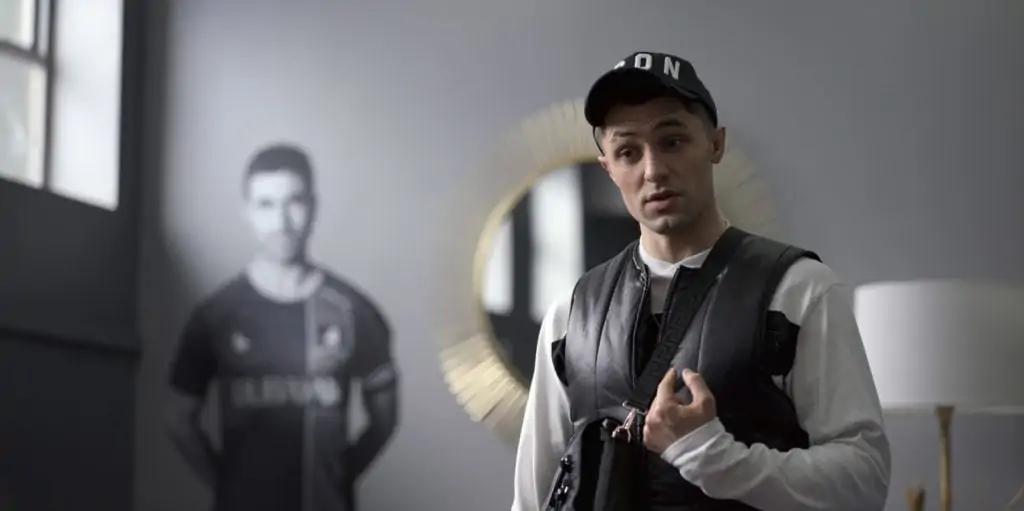
“I felt the interior locations would benefit from a wide field of view, showing off the ceilings with light tiles as well as the drop off in focus. But for the handheld work I knew I needed a smaller camera. Luckily, the ARRI Alexa Mini LF had come out and we were one of the first shows to use it.”
Rom’s next job was to choose the right lenses for the show. “I love vintage lenses and have shot the majority of my shows with a selection. Here I tested both old and new, from K35s and Ultra Primes to Zeiss Supremes and ARRI Signatures. This was a big show, and I knew there’d be times I’d need more cameras, so I wasn’t keen on having a limited lens selection as per many vintage sets. I also didn’t want too clean an image which many modern lens options give. I wanted the lights from the stadium to flare and for there to be a ‘look’ from the lens.”
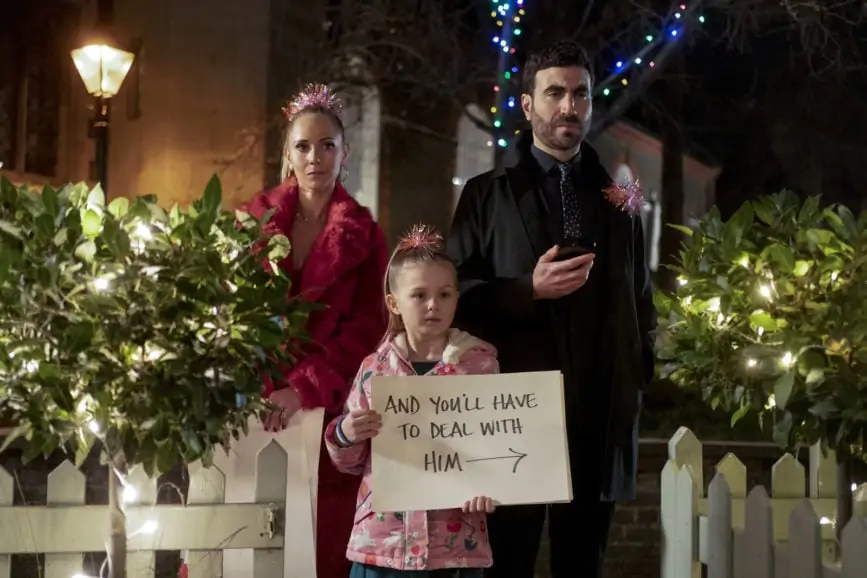

Tokina Vista out in front
The DP had never used Tokina before and admits he only knew them as a stills camera lens manufacturer. “I was given some to look over during early tests and was really very surprised,” he says. “They had many of the characteristics I wanted – a round, natural bokeh, focus fall off, cool but natural colour, and a flare characteristic with character.
“I set about comparing these to as many modern large format lenses as I could and kept coming back to them. Sometimes being a little ignorant about cost can be helpful to avoid being biased that you’re getting something extra simply by paying more.”
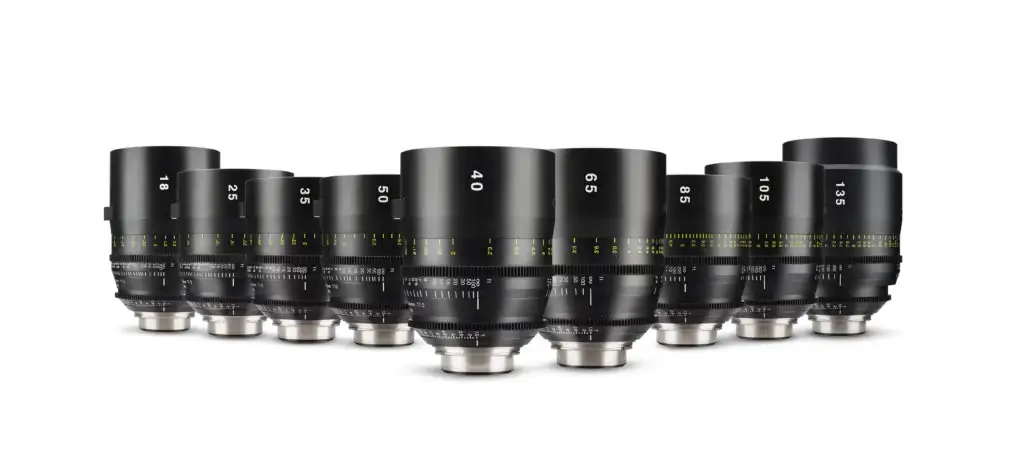
He adds, “For what I was looking for to create Ted Lasso, the Tokina Vista felt perfect. We had found the right visual solution.”
The Tokina Vista lenses are fast (T1.5) allowing for a very shallow depth of field. Isolating Ted with focus would be a powerful tool to underline the fish-out-of-water story. Rom says he was also able to get glorious wides with focal fall off and even to force his skilful focus pullers to make mistakes when he wanted extra energy.
“Yet the Vistas were sharp enough to allow them to find focus again with ease,” he says. “I loved the wider lenses and the 35mm and 50mm most used in series one.”
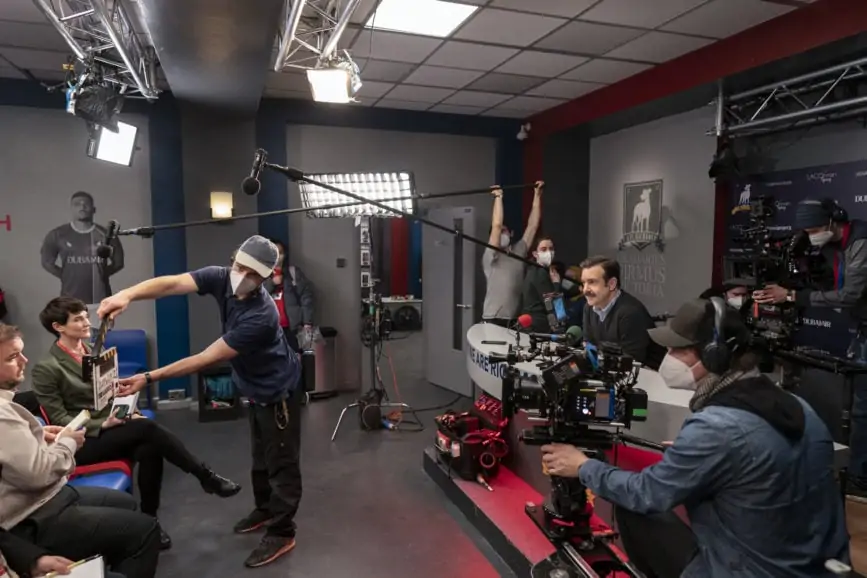
Interior design
Interiors (built at West London Studios) presented unique issues. The locker room had scale and the players tended to group together, making things easier for the DP to shoot single camera. Ted’s office was tiny so coverage there – especially when filming under COVID conditions – had to be carefully planned. Remote heads were used here, with a Ronin helping keep the operators out of the room. Coverage on the football pitch itself was mostly with a rig build by head grip Anthony Ward. It allowed the Ronin to be attached and to be pushed/pulled at speed, following the player’s feet, and rising to their faces.
“Locker rooms are usually lit from overhead and there is something dramatic and right about that,” Rom says. “Trying to soften the look too much detracted from that in tests. Gaffer John Attwood designed a very controllable system where each light could be controlled and coloured. We were able to use this to create areas of darkness and clear the floor of lamps when needed but to also augment with floor lighting when that was more appropriate. The cooler harsher locker room, contrasted with his warmer, less top lit office allowing for a nice contrast.”
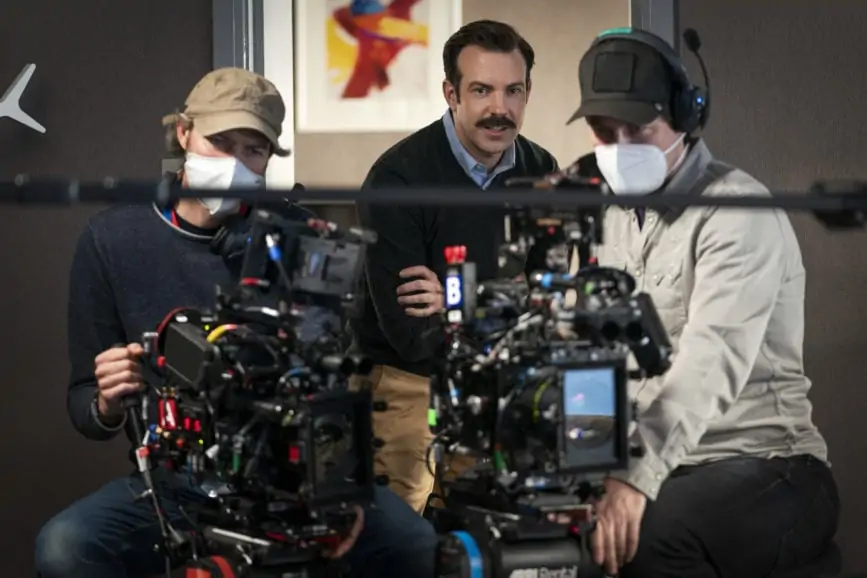
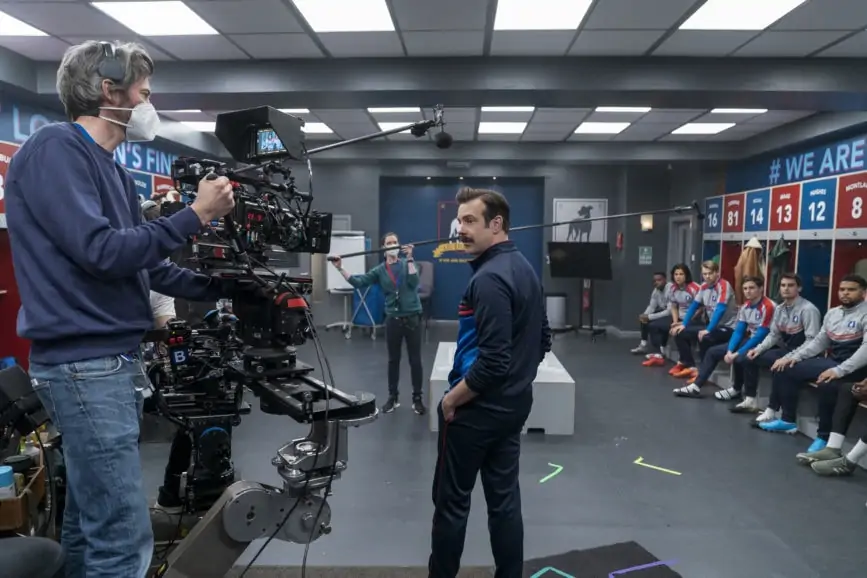
Most of the actual football match scenes were pre-viz’d with a special football director brought in to assist alongside the VFX team. The use of crowd replication from individuals to real crowd plates shot in stadiums were used where appropriate.
“Shooting such dramatic football scenes in completely empty fields with no fans or stadium needed a lot of imagination and energy from players, directors and camera operators. My framing had to take into account a full stadium of people cheering to capture some of those moments.”
Tests for season 2
At the start of season 2, Rom decided to redo the lens tests again and add in other LF options such as the DNAs and Zeiss Supreme Radiance.
“If I was surprised I’d chosen the Tokinas the first time, I was even more surprised the second. I worked with John Sorapure (the DP who lensed alternate episodes of the series) and we projected all the lenses at ARRI, only to find that again we preferred the Tokinas for this show. Our directors and producers agreed after we presented a selection of options, looking at the key characteristics we wanted.

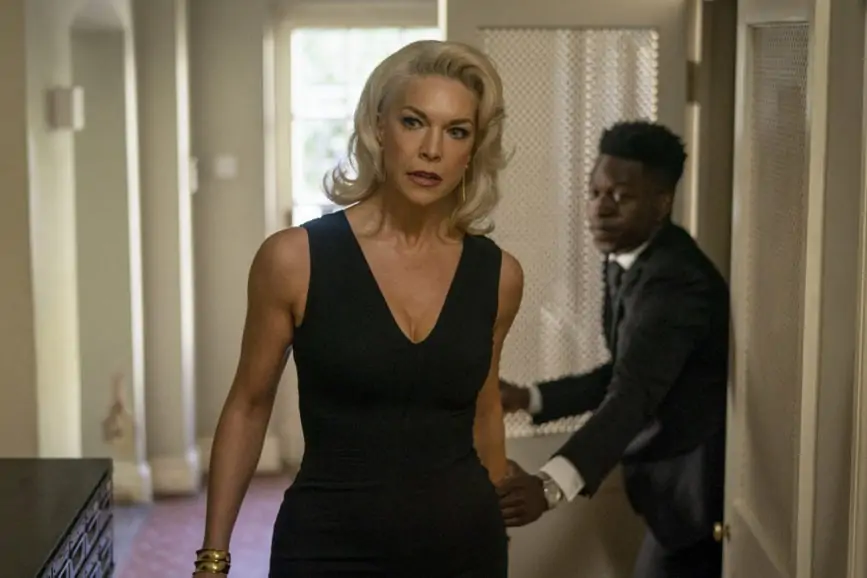
“One of the biggest issues I had from the year before was that the lens selection in the set had a big jump exactly where you didn’t want one. For example. 35mm to 50mm and 50mm to 85mm. A 40mm and a 65mm had been released just in time and that sealed our decision. We’d also all fallen a little in love with the look and it had defined the first season which was something we didn’t want to depart too far from.”
The first season of the show was actually the first time Rom had worked so closely with another DP. “I absolutely loved it. Having a partner to bounce ideas and suggestions off only makes things better, especially when they work collaboratively.”
Scoring a global hit
“As the show went on, John and I would pick up shots from each other’s episodes and help each other out. It was especially reassuring knowing that the alternative block DP was on the same page. At the end of season 1, we both sat down and discussed all the areas we could improve for the following year from each of our separate experiences and most of these lined up.”
You always hope but never know when you’re in the midst of a project that it will be a success. Ted Lasso is a bona fide global superstar.
“I just pushed hard to keep a drama aesthetic even though the page count was sometimes against us,” Rom says. “With the show being a comedy at its heart, I wasn’t sure how it would all come out in the wash. All the assemblies were done in the US and when I did eventually see a cut, I was blown away with the performances and how well it worked.
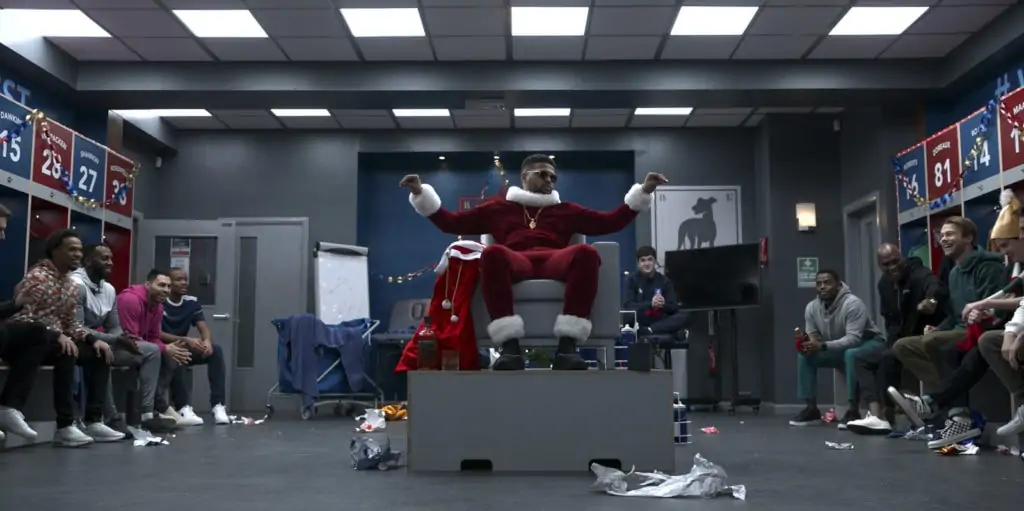

“I still wondered if a UK audience would accept the football inaccuracies and a fake team in the Premiership. How wrong I was! It was from early tweets that I realised just how much people were loving the show and particularly Jason’s performance. And it seemed to somehow arrive just as people really needed a lift.”
Season 3 is already underway, with Rom once again on the team. “I feel that after last year’s deep dive into alternative lenses we have now very happily settled on the look we want and the look of the show. I don’t anticipate needing to change much.”
This is a sponsored article, created in partnership with Tokina Vista Cinema lenses.


